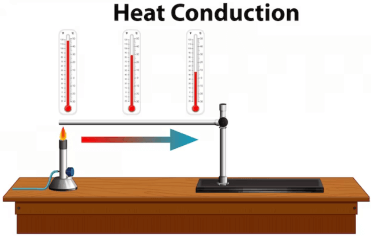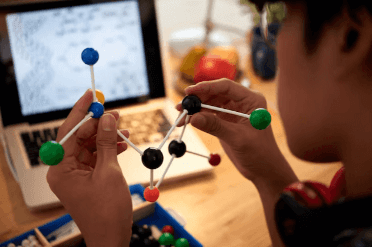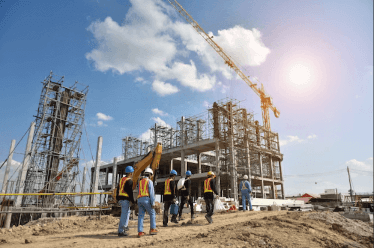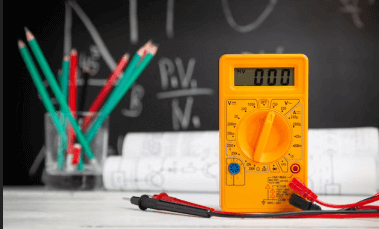Question
a.
time of reaction.
b.
temperature of the system.
c.
extent of reaction.
d.
initial concentration of the reactants.
Posted under Basic Chemical Engineering
Interact with the Community - Share Your Thoughts
Uncertain About the Answer? Seek Clarification Here.
Understand the Explanation? Include it Here.
Q. The rate constant of a reaction is a function of the
Similar Questions
Explore Relevant Multiple Choice Questions (MCQs)
Q. Mean residence time is equal to the space time, when
View solution
Q. If 'n' is the order of reaction, then unit of rate constant is
View solution
Q. The value of 'n' for a chemical reaction A → B, whose reaction rate is Cᴀⁿ, will be __________ if the rate of the reaction increases by a factor of 8, when the concentration of is doubled.
View solution
Q. Reactions with high activation energy are
View solution
Q. In case of a/an __________ chemical reaction, conversion increases with the rise in temperature.
View solution
Q. A space velocity of 5 hr⁻¹ means that
View solution
Q. Find a mechanism that is consistent with the rate equation and reaction given below:
2A + B → A₂B, ( - rᴀ) = k.Cᴀ.Cʙ
View solution
Q. A gaseous reactant is introduced in a mixed reactor of 3 litres volume at the rate of 1 litre/second. The space time is __________ seconds.
View solution
Q. Velocity of a chemical reaction
View solution
Q. Backmixing is most predominant in
View solution
Q. If helium is introduced in a reactor containing O₂, SO₂ and SO₃ at equilibrium, so that total pressure increases while volume and temperature remains constant. In this case the dissociation of SO₃ (as per Le Chatlier principle)
View solution
Q. In an ideal mixed reactor (at steady state), the
View solution
Q. The knowledge of initial concentration and rate constant is necessary to determine the half life time of a reaction of __________ order.
View solution
Q. Which of the following factors control the design of a fluid-solid reactor ?
View solution
Q. A Catalyst
View solution
Q. The unit of frequency factor in Arhenious equation is
View solution
Q. With increase in the order of reaction (for all positive reaction orders), the ratio of the volume of mixed reactor to the volume of plug flow reactor (for identical feed composition, flow rate and conversion)
View solution
Q. Reaction of benzene with chlorine gas to produce tri-chlorobenzene exemplifies a/an __________ reaction.
View solution
Q. For the gaseous reaction 2A → B, where the feed consists of 50 mole % A and 50 mole % inerts, the expansion factor is
View solution
Q. The molecularity and the order of reaction respectively, for the hydrolysis of methyl acetate in presence of acids are
View solution
Recommended Subjects
Are you eager to expand your knowledge beyond Basic Chemical Engineering? We've handpicked a range of related categories that you might find intriguing.
Click on the categories below to discover a wealth of MCQs and enrich your understanding of various subjects. Happy exploring!








